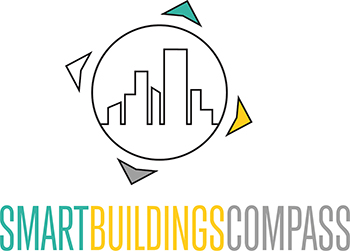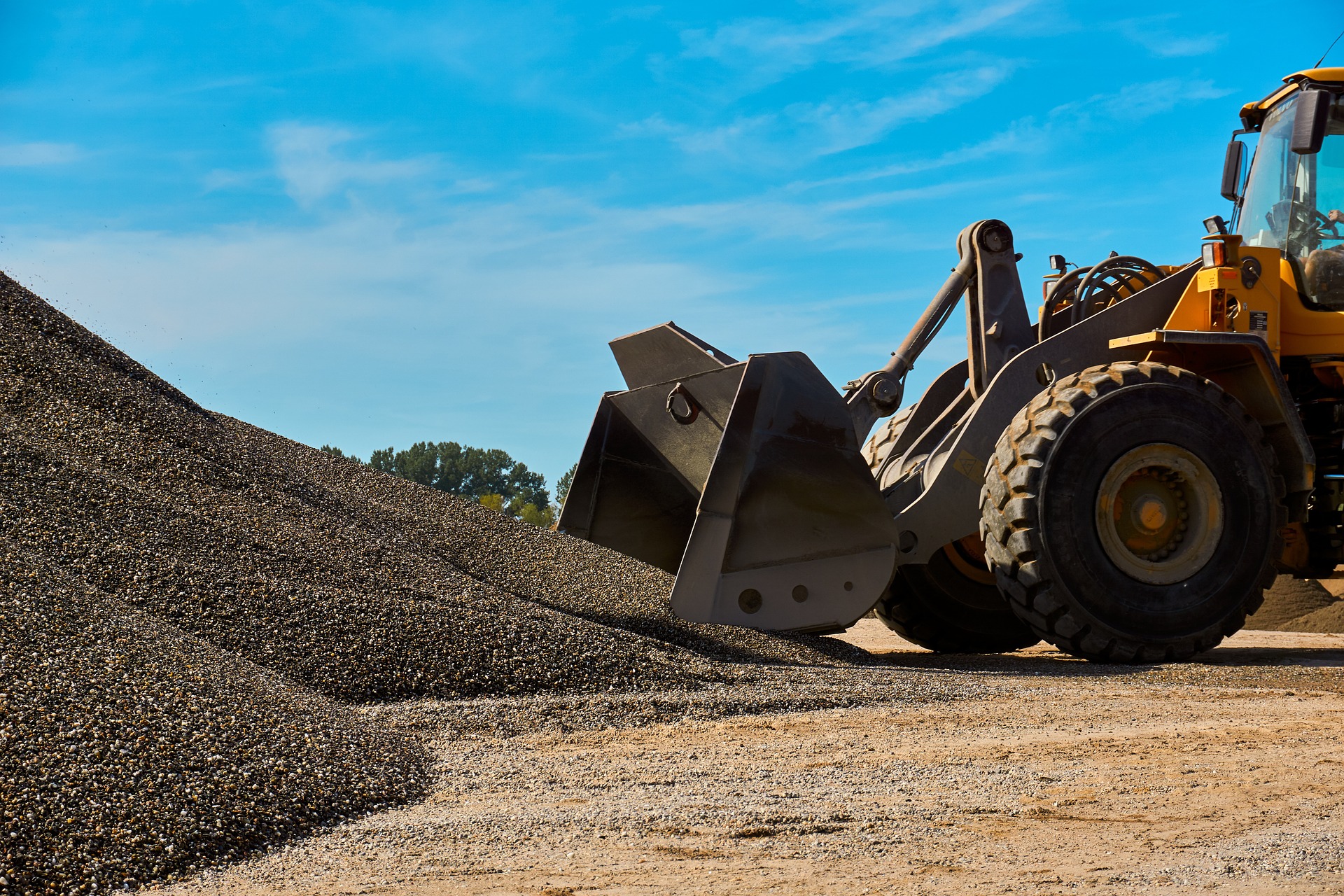Resource consumption is a measure of the input and use of goods and products that are further processed into higher value goods and services through beneficiation. Natural resources are raw materials, water, energy and fertile land. They form the basis for life on earth.
Resource use alters ecosystems, often permanently. The extraction and further processing of non-regenerative raw materials are often energy-intensive. They are associated with significant interventions in the natural and water balance and lead to emissions of pollutants into water, soil and air. Every extraction and processing of a raw material therefore has an impact on the environment: soil degradation, water scarcity, loss of biodiversity. Degradation of ecosystem functions or amplification of climate change may result. But the use of the products made from the raw materials can also be harmful. It causes the release of greenhouse gases, emissions of pollutants or the degradation of ecosystems. It thus restricts biodiversity.
Ecological footprint: a measure of resource consumption
The ecological footprint is considered an indicator of resource consumption. This is measured as an area necessary to support a person’s lifestyle or standard of living. For the calculation of a person’s ecological footprint, the factors housing & energy, consumption & leisure, nutrition, and transport & mobility are taken into account. The area for waste disposal and the binding of CO2 emissions are also included. As of 2021, Australia, the United States, Russia, and Germany had the largest environmental footprints. If the entire world population were to live according to the standard of living and resource consumption of the USA, it would require a total of five Earths.
According to the German Federal Environment Agency, per capita consumption of raw materials in industrialized nations is estimated to be four times higher than in less developed countries. However, while much of the value creation of raw material use occurs in developed countries, less developed countries are often disproportionately affected by the environmental and social impacts of raw material extraction. In order to increase transparency in the extraction of raw materials, there are now a number of certification measures, such as the Extractive Industries Transparency Initiative (EITI)
















